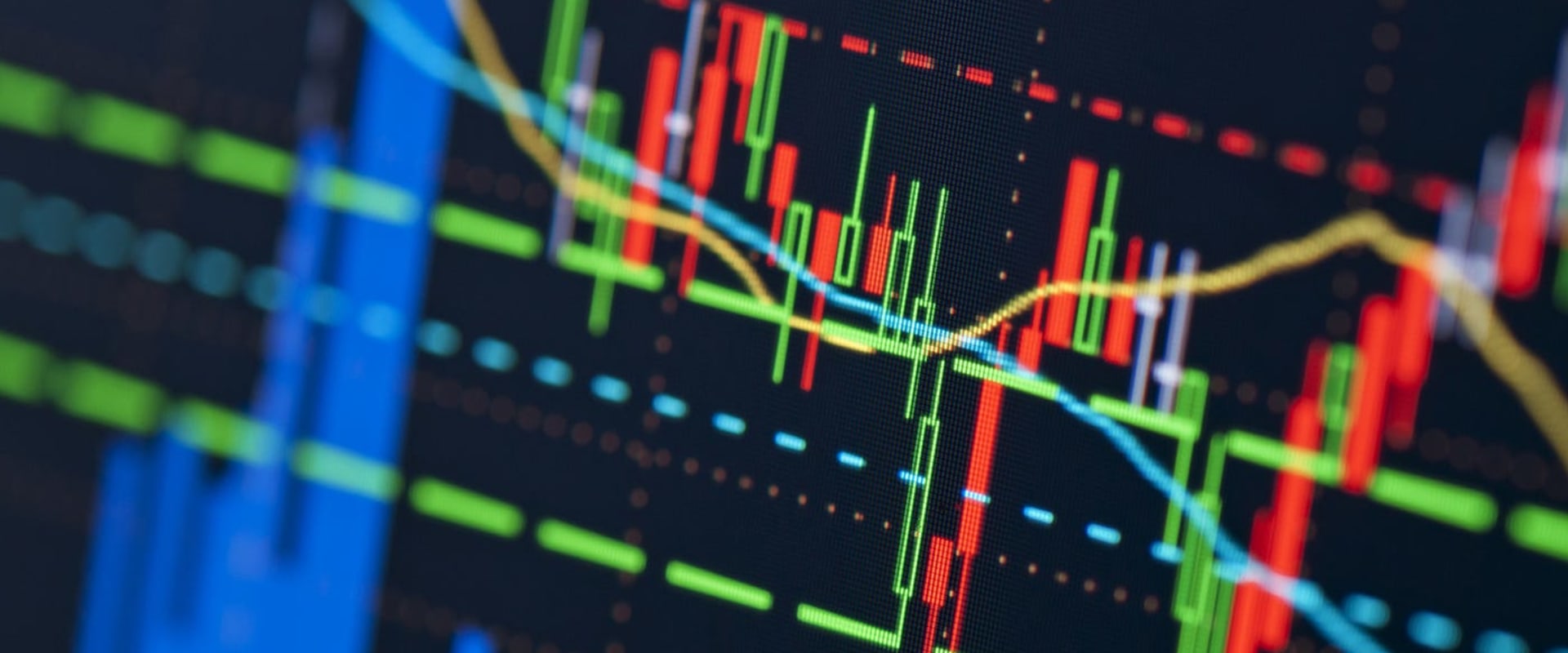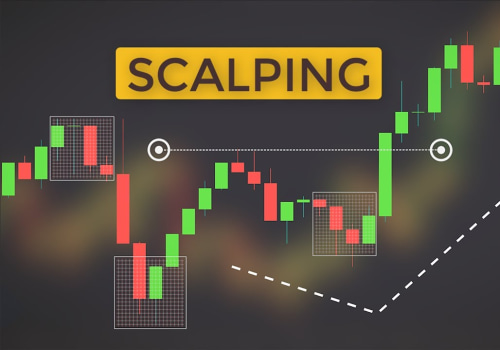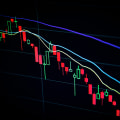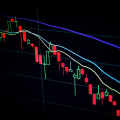As the Forex trading market becomes increasingly competitive, traders and investors are looking for ways to optimize their trading systems to maximize their profits. Data mining is an effective tool that can be used to optimize parameters in Forex trading systems. In this article, we will explore how data mining can be used to improve the performance of your Forex trading system. Data mining involves analyzing large amounts of data and finding patterns and trends within it. It can be used to identify correlations between different factors and the performance of a system, enabling traders to better understand the market and make better trading decisions.
By utilizing data mining techniques, traders can identify which parameters should be adjusted in order to get the best results from their trading systems. We will discuss the various methods of data mining and how they can be applied to optimize parameters in Forex trading systems. We will also look at some of the advantages and disadvantages of data mining for system optimization. Finally, we will discuss how data mining can help traders become more profitable in their Forex trading.
Data Mining
is the process of discovering patterns in large datasets. It is a type of Artificial Intelligence which uses advanced algorithms to identify trends and relationships in data.Data mining can be used to optimize parameters for Forex trading systems by helping traders identify patterns and relationships in the data that can be used to optimize their strategies. There are various types of data mining techniques and algorithms that can be used for system optimization. Common approaches include decision trees, clustering, neural networks, and association rules. Each of these techniques has its own strengths and weaknesses and can be used depending on the type of system optimization needed.
For example, decision trees are helpful for finding patterns in data which are then used to make decisions. Clustering algorithms group similar data points together, helping traders identify trends in the market. Neural networks can be used to develop models which can be used to predict outcomes based on certain parameters. Finally, association rules can be used to identify relationships between different variables and parameters.
Data mining has been used to optimize trading systems in the past with great success. For example, a trader could use a decision tree algorithm to identify patterns in the market data which could then be used to determine the best parameters for their system. Similarly, clustering algorithms can be used to group similar data points together and help traders find correlations in the market which can then be used to optimize their system parameters.
Benefits of System Optimization
: System optimization can provide many benefits, such as improved performance and reduced risk.By using data mining to optimize parameters for a trading system, traders can increase the accuracy of their system and reduce the risk of making bad decisions based on incorrect information. System optimization can also help traders understand more about their system and how it works, allowing them to make more informed decisions about when to enter or exit trades.
Risks Associated with System Optimization
: While system optimization can provide many benefits, it also carries some risks which should be taken into consideration. One of these risks is overfitting, where a model is overly complex and performs poorly when applied to new data points.Additionally, data leakage may occur if the data is not properly handled during system optimization, leading to inaccurate results or results that are not applicable to real world situations.
Benefits of System Optimization
Optimizing a trading system can be beneficial in several ways. The most obvious benefit is improved performance, as optimized systems can be more efficient and accurate in their analysis of the markets. It can also reduce the risks associated with trading, as the parameters are set to take into account the current market conditions and trends. Data mining can be used to identify the best parameters for a trading system, allowing traders to customize their strategy to fit their particular needs. By analyzing large amounts of data, data mining can help traders identify patterns and trends in the markets that they may not have noticed otherwise.This can help them make more informed decisions and increase their chances of success. Data mining can also help traders identify potential risks associated with a system before they deploy it. By analyzing historical data, data mining can reveal how a system may perform in certain market conditions, allowing traders to adjust their parameters accordingly. This allows traders to ensure that their systems are properly optimized for the current market environment.
Risks of System Optimization
System optimization can be a powerful tool for improving the performance of a Forex trading system, but it comes with certain risks. One of the primary risks associated with system optimization is overfitting.Overfitting occurs when a system is optimized for a specific set of data, and then performs poorly when applied to new data. To avoid overfitting, it is important to use appropriate data mining techniques and algorithms that will allow for generalization and robustness. Another risk associated with system optimization is data leakage. Data leakage occurs when a system is optimized using data that should not be available for optimization. This can lead to false positives or false negatives in the results, and can have significant implications for the accuracy of the system.
To mitigate the risk of data leakage, it is important to ensure that all data used for optimization is validated and free from bias. Both overfitting and data leakage can be avoided by using appropriate data mining techniques and algorithms. It is important to use techniques such as cross-validation to ensure that the model is not overfitted, and to use algorithms such as random forests or decision trees to reduce the risk of data leakage. By using these techniques, traders can ensure that their trading systems are optimized for accuracy and profitability.
Data Mining Techniques
Data Mining TechniquesData mining is an essential tool for optimizing parameters in Forex trading systems. This process involves collecting, organizing, and analyzing large amounts of data in order to identify patterns and trends that can be used to make more informed trading decisions.There are several different types of data mining techniques and algorithms that can be used to optimize parameters for a trading system. These include supervised learning algorithms such as decision trees and neural networks, unsupervised learning algorithms such as clustering and association rules, and reinforcement learning algorithms such as Q-Learning. Each technique has its own strengths and weaknesses, and it is important to understand these in order to choose the best one for your needs. Supervised learning algorithms can be used to find the best parameters for a trading system by using labeled data. This type of algorithm uses labeled data in order to “learn” from it and then make predictions about future data points.
For example, a decision tree algorithm could be used to identify patterns in historical price data that could then be used to make predictions about future prices. Neural networks are another type of supervised learning algorithm that can be used for system optimization. These algorithms use multiple layers of interconnected nodes to “learn” from labeled data in order to make predictions. Unsupervised learning algorithms do not use labeled data, but instead look for patterns in the data that can be used to make predictions.
Clustering is an example of an unsupervised learning algorithm that can be used for system optimization. This algorithm looks for similarities between data points and groups them together into clusters. Association rules look for relationships between different variables and can be used to make predictions about future data points. Reinforcement learning algorithms use rewards and punishments to “learn” from the data.
Q-learning is a type of reinforcement learning algorithm that can be used to optimize parameters for a trading system. This algorithm works by adjusting the parameters based on the rewards and punishments received from previous trades. Each of these data mining techniques has its own strengths and weaknesses, so it is important to understand them in order to choose the best one for your needs. For example, supervised learning algorithms require labeled data, which can be difficult and time-consuming to obtain. Unsupervised learning algorithms do not require labeled data, but they may not be as accurate as supervised learning algorithms.
Reinforcement learning algorithms may require more data in order to learn effectively, but they can provide more accurate results than other methods. Data mining techniques have been used successfully in the past to optimize parameters for Forex trading systems. For example, a study conducted by researchers at the University of California, Irvine found that a decision tree algorithm was able to outperform other methods in terms of accuracy when used to optimize parameters for a currency trading system. Similarly, a study conducted by researchers at the University of Tokyo showed that an artificial neural network was able to achieve higher returns when used to optimize parameters for a currency trading system. In conclusion, data mining is a powerful tool that can be used to optimize parameters for Forex trading systems. This article has discussed the different data mining techniques that can be used and highlighted the benefits and risks associated with system optimization.
With the right approach, data mining can help traders identify the best parameters for their trading system and maximize their profits.












Leave Reply